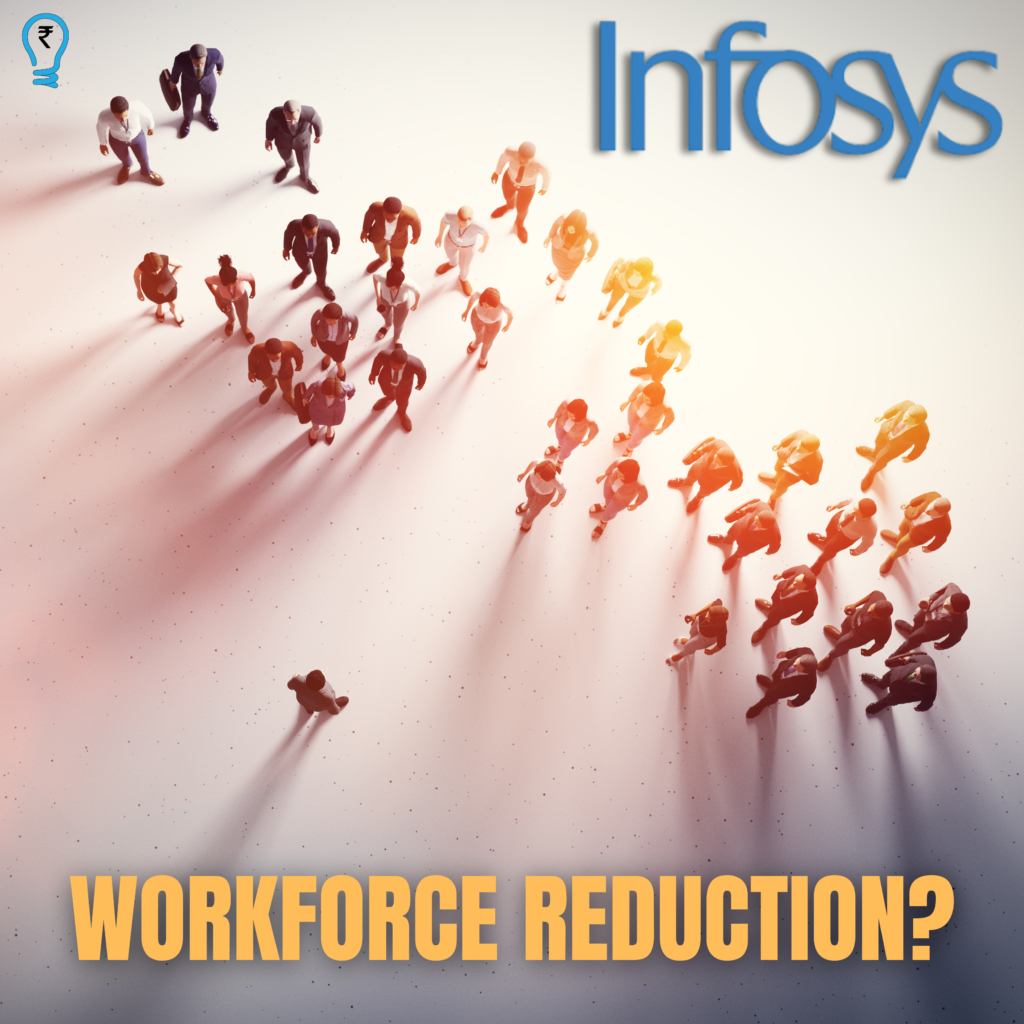Byju Raveendran was born on 5th January 1980 in the Azikhode village of Kerala, India to Raveendran and Shobhana Valli, physics and mathematics teachers, respectively. He studied at a Malayalam medium school where his mother was a mathematics teacher and his father a physics teacher.
He completed his B.tech from the Government College of Engineering, Kannur and then joined as a service engineer in a multinational shipping company. During a vacation in 2003, he helped his friends who were studying for the CAT exam. He then took the CAT exam and scored 100th percentile. When he took the exam again, he again scored in the 100th percentile. Taking inspiration from this, he decided to quit his job and continued helping people for the CAT exam. He was hooked on the respect he was getting and decided to take six months out to see what would happen if he taught with a structure. Raveendran started conducting workshops on the weekend, with the classes growing in popularity. When one classroom wasn’t enough to accommodate students, he booked an auditorium with a seating capacity of 1,200. He and his wife, Divya Gokulnath started with the goal of preparing school students and also to cater to the test preparation market and with this motive in mind, they launched their mobile app in 2015. In 2016, the company claimed that their app was downloaded more than 5.5 million times in the last one year, of which 250,000 consumers were paid annual subscribers(source:moneymint). From there on, their user base kept on exploding, by 2019, they had 40 million users, by 2021, they had 80 million users and by 2022, they had 150 million users(Source:mint, Times of India, Business line). But there’s a catch here! During the same time, when its users were all time high and their revenue grew from Rs. 110.31 crores in FY 2016 to Rs. 500 crores in FY 2018 to Rs. 2,428.3 crores in FY 2021 and as per The Economic Times, its revenue was Rs. 3,569 Crore in FY 2023. Now this revenue came from 3 sources-:
- Sale of Tablets and SD cards
- Sale of Reference Books
- Tuition and service fee
During this time, the valuation of Byju’s skyrocketed to $22 Billion dollars and Byju’s became a benchmark for all ed-tech companies to follow.(Source:NDTV). On one side, they were killing it with thousands and crores of revenue, but on the other side, their losses kept on increasing from Rs. 49.63 Crores in FY 2016 to Rs. 249.33 Crores in FY 2020 and then Rs. 4588.75 Crores in FY 2021, which was actually a drastic change.

So now the question arises that HOW THE COMPANY INCURRED SUCH HEAVY LOSSES IN SPITE OF SUCH HIGH REVENUE? Byju’s expenditures swelled nearly 2.5 times in FY21 from FY20 to over Rs 7,027.47 crore. The company’s expenses in FY20 were Rs 2,873.34 crore. Byju’s spent 2.5 times on advertising and marketing over FY20. The company spent Rs 2,250.94 crore on promotional activities in FY21 against Rs 899.34 crore in FY20, and the business promotional expense accounted for 32% of total expenses of FY 2021. From title sponsorships in IPL to FIFA world cup, from bringing Shah Rukh Khan as its brand ambassador to even getting Lionel Messi, it was spending more on advertising than on its own employees, operation and content. In FY 2021, when their revenue was 2428.3 Crores, their promotional expense was 2250.94 crore alone, which is actually very surprising. The revenue to marketing ratio was getting worse
Unethical Sales Practices:
Some parents accused Byju’s marketing personnel of instilling fear in them about their children’s future in this highly competitive world. These tactics eroded the trust and created a negative perception of the company. It also got criticised for data privacy issues which overall also eroded the investor’s trust. Most shocking act was when customers who bought courses on loan requested cancellations and refunds, Byju’s didn’t give an appealing response. Sales associates too, were not only asked to spend hours on calls but also to find leads in schools, temples, etc. and even from low income workers, including truck and tuk-tuk drivers(Source:The Frontline magazine of Hindu). Byju’s gave 15 day trial to its users and the sales team persuaded even a local tea-stall owner to download this app for his child, and after they got themselves registered, Byju’s got the phone number of their users and then the sales team of Byju’s would consistently follow up and they would persuade the parents to buy a subscription(Source:Rest of world) Most employees described work as an endless grind to meet weekly sales targets of at least Rs. 1 Lakh. Moreover, the bosses of these employees also threatened them to work for more than 72 hours a week and didn’t allow them to take breaks, time off, or even to leave the office, if the targets were not met. The employees also made false commitments and misled parents as they were conveyed by their bosses to do whatever they wanted to do, to make a sale. Let’s take an example, the average preparation course of JEE by Byju’s was around Rs.1.5 lacs and it is obvious that people belonging to low income groups couldn’t afford the same. But, on the contrary, many people were buying these courses by taking loans. Most of the people who signed up for this course, were unaware about it
A detailed analysis of the 110 complaints The Ken analysed has thrown up worrying evidence : 54 of the complainants claimed to have no idea about the loan that they were buying for subscription. The average ticket size of the loan was Rs.66,000 and down payments ranged from Rs.1,000 to Rs. 60,000.
Leding:
Because, taking out a loan in India is a very big problem involving various formalities especially for low income groups. Byjus used a strategy called First loss and Deposit guarantee strategy – an arrangement between a third-party entity and a financial institution whereby the former guarantees to compensate the lender if the borrower defaults- is an accepted industry practice. ‘When the edtech firm acts as a guarantor, it becomes more like a secured loan for the lender. Many fundamental protocols and basic checks are sacrificed… An edtech player is trying to sell a course and a fintech player is trying to increase its AUM as both want to grow their valuations and get the next round of funding,’ says the founder of an NBFC on condition of anonymity. In this case, Byjus acted as a guarantor for the third party, i.e. parents and various checks were sacrificed, implying the parents easily got loans. Moreover, many parents got over pushy and forced sales because of this strategy. Parents said Byjus staff took advantage of a desire to provide the best education for their children, and encroached on their privacy by ambushing them in public, pressuring them at home, or secretly collecting their data. It also faced criticism for not adhering to the accrual principle in accounting, which mandates that revenues and expenses be recorded in the period they are earned or incurred, regardless of cash flow. For example, if a two-year course is priced at ₹40,000, the revenue should ideally be split as ₹20,000 per year. However, Byjus recognized the entire ₹40,000 in the first year itself. This practice led to inflated revenue figures and profits in the short term. On top of that, COVID-19 ended and many students decided to leave the course and went back to online classes. Many left because of Byjus negative reviews and sales strategy and this is when Byjus sales started going down. The loss in FY 2020, i.e. Rs. 305 crores shot to Rs. 4564 crores as the wrong accounting practice was now corrected.

While this drama was going on, Byjus went into an acquisition game. It acquired big companies like White Hat Junior, Aakash Educational Services and 17 other companies.
The problem here was, not all these companies were profitable even though the user base got very high. And it faced huge losses from the acquired companies. Now, this is where the big problem arises, Byju’s took Term Loan B, not a simple type of loan but a TERM LOAN B.
Let’s understand what it actually is:
A term loan made by institutional investors (such as CLOs, debt funds, pension funds, and insurance companies) instead of by banks. One of the primary goals of an institutional investor is maximizing the long-term return on their investment. TLBs typically mature after six to seven years with a bullet repayment(repayment of whole loan along with interest) on the maturity date. Here the installments are given but of a very low amount, followed by a large bullet payment, which is actually a big risk for the lender. In between this time, if the borrower company goes bankrupt, then the lender will lose all of the money, so the risk for the lender is very high. The Russia-Ukraine war was also happening amid this and it rose the interest rates, which made payment of interest rate for Byjus much more difficult. Here, Byjus was not able to make even single installment payments timely and the creditors sued Byjus for this and the Delaware supreme court ordered against the Byjus. Byjus leveraged high-risk Term Loan B, struggled with repayment amidst rising interest rates, and faced lawsuits from creditors. Additionally, allegations of unethical sales practices, data privacy issues, and negative customer experiences further eroded trust. The company’s challenges highlight the pitfalls of unsustainable growth, inadequate governance, and over-reliance on marketing at the expense of product quality and financial stability.

Dipanshu Khandelwal
Member
Deepseek: A journey from Hedge Funds to AI
Introduction: In this busy and bustling day to day life of ours managing our Finances…
Beyond Numbers: The Human Cost of Infosys’ Layoffs and the Global Normalization of Workforce Reduction
A Familiar Script: Infosys and the Corporate Playbook of Disposable Labor: On February 7, 2025,…
Understanding Tariffs and Their Impact on India
What Are Tariffs? Tariffs are taxes governments levy on foreign imports to make the goods more…
The Economics of Player Transfers in Football
Introduction: In the world of football player transfers are more than just transactions, they are…
Session 5
Session 5- Unraveling Equity Derivatives: Insights from the Fifth Development Session The Fifth Development Session…
An Attempt To Deteriorate The Creditworthiness of Indian Entities
Introduction: The growth story of India in almost every sector is not alien to the…








